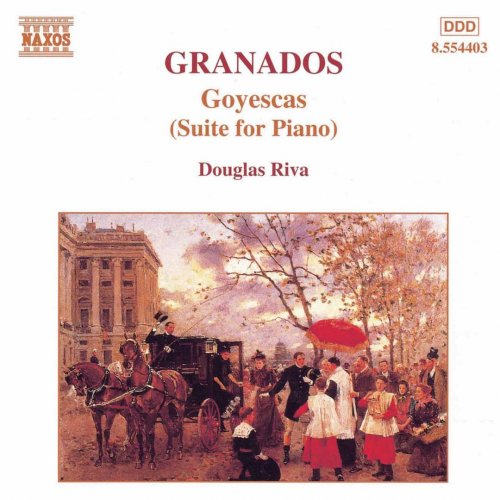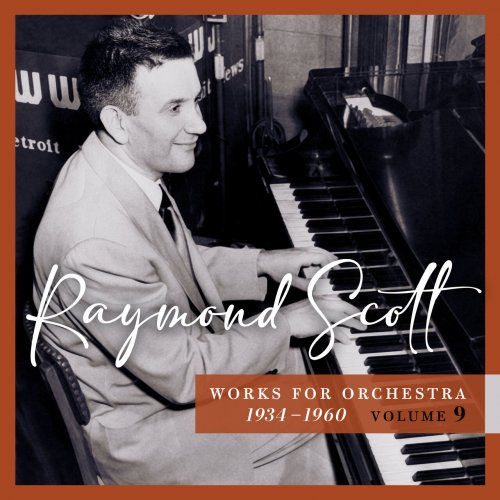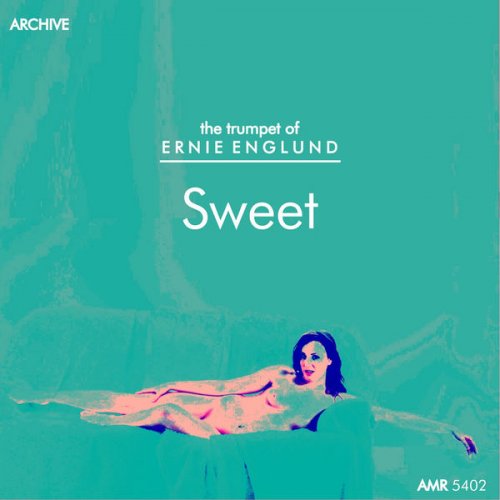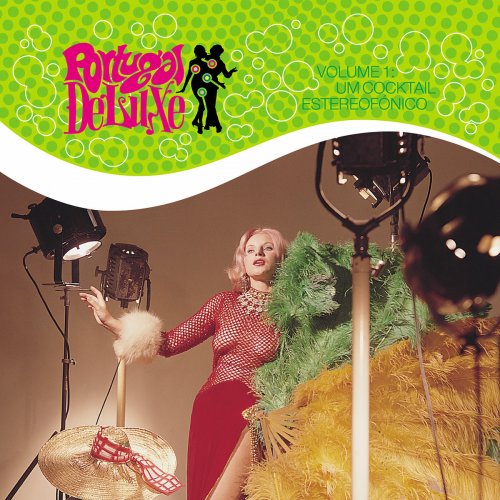Douglas Riva - Enrique Granados: Goyescas (Suite for Piano) (1999)

Artist: Douglas Riva
Title: Enrique Granados: Goyescas (Suite for Piano)
Year Of Release: 1999
Label: Naxos
Genre: Classical
Quality: FLAC (tracks+.cue,log,scans)
Total Time: 01:02:47
Total Size: 224 Mb
WebSite: Album Preview
Tracklist: Title: Enrique Granados: Goyescas (Suite for Piano)
Year Of Release: 1999
Label: Naxos
Genre: Classical
Quality: FLAC (tracks+.cue,log,scans)
Total Time: 01:02:47
Total Size: 224 Mb
WebSite: Album Preview
1. Los Requiebros (Flattery) 9:52
2. Coloquio En La Reja (Dialogue At The Window) 11:45
3. El Fandango De Candil (Candlelit Fandango) 6:13
4. Quejas O La Maja Y El Ruiseñor (Laments Or The Maja And The Nightingale) 6:19
5. El Amor Y La Muerte (Love And Death) 11:40
6. Epílogo: Serenata Del Espectro (Epilogue: The Ghost's Serenade) 8:17
7. El Pelele (The Straw Man) 4:53
8. Serenata Goyesca (Serenade In The Style Of Goya) 3:35
Performers:
Douglas Riva - piano
Douglas Riva is an American pianist and a scholar of Spanish music. He studied with with Alicia de Larrocha and worked with her in producing a complete edition of Granados' works. Ms. de Larrocha is a master of this music, and her CDs are available on more expensive record labels. But Mr. Riva plays beautifully, with virtuosic technique, and with sensitivity to this highly-charged romantic score. He also wrote brief but informative program notes for this CD. Mr. Riva's rendition of "Goyescas" will serve as a wonderful introduction to Granados. It will appeal to the budget-minded listener who wants to reach out. Mr. Riva has gone on to record Granados' complete piano works on eight Naxos CDs. He makes a compelling case for this composer.
Granados composed his Spanish Dances as a young man of 22 while the "Goyescas" is a 20th Century work, completed in 1914. Granados transformed his piano music into an opera, which received its premiere in New York City. When the composer was sailing home, the ship was struck by a torpedo and both he and his wife died.
"Goyescas" is a suite in seven movements, each of which is a musical depiction of Spain as seen through the paintings of Francisco Goya (1746 --1828). The piano writing is varied and virtuosic, and the music shimmers with Spain and Madrid. I was struck by much of the writing in the high register of the piano, with sharp chords and arpeggios and a great deal of filigree. The melodic line is frequently carried in the lower middle, treble section of the keyboard in a singing voice which reminds me of a tenor or of a cello. The music frequently is distinctively rhythmical and heavily accented, but there are many lyrical and reflective passages as well. Granados gives a romantic, appealing account of Spain and its people. In several movements, Granados makes use of Spanish folk-songs.
The first movement of the work, "flattery" opens with the plangent, shimmering passages in the right hand and the left hand singing melody that I find characteristic of the work. The second movement is a dialogue between two lovers at a window that builds to an intense, passionate climax. The third movement is a highly accented dance, a Fandango, with big, splashing high chords and a swirling theme. The fourth movement, "The Maja and the Nightingale" is based upon a folksong and features long lacy and frilly trills, the nightingale singing, at the end of the movement. The fifth movement, "Love and Death" is, perhaps, the heart of "Goyescas". It opens with an ominous theme low in the piano and is followed by music in a variety of moods and forms. It moves from reverie, to tragic passion, only to end quietly. The sixth movement is "The Ghost's Serenade", beginning in a stacatto voice but working to a singing theme in the tenor under lots of decoration in the high register of the piano. The finale "The Straw Man" is a joyful piece and a highly accented dance. The CD closes with a work that remained unpublished during Granados' lifetime and which was apparently a sketch for the music that became "Goyescas".
This was a CD that came to me by chance and was not on my mental list of music I needed to hear. But it proved to be what I neeeded at the time. "Goyescas" is an essential work of romantic, twentieth-century piano music.
Granados composed his Spanish Dances as a young man of 22 while the "Goyescas" is a 20th Century work, completed in 1914. Granados transformed his piano music into an opera, which received its premiere in New York City. When the composer was sailing home, the ship was struck by a torpedo and both he and his wife died.
"Goyescas" is a suite in seven movements, each of which is a musical depiction of Spain as seen through the paintings of Francisco Goya (1746 --1828). The piano writing is varied and virtuosic, and the music shimmers with Spain and Madrid. I was struck by much of the writing in the high register of the piano, with sharp chords and arpeggios and a great deal of filigree. The melodic line is frequently carried in the lower middle, treble section of the keyboard in a singing voice which reminds me of a tenor or of a cello. The music frequently is distinctively rhythmical and heavily accented, but there are many lyrical and reflective passages as well. Granados gives a romantic, appealing account of Spain and its people. In several movements, Granados makes use of Spanish folk-songs.
The first movement of the work, "flattery" opens with the plangent, shimmering passages in the right hand and the left hand singing melody that I find characteristic of the work. The second movement is a dialogue between two lovers at a window that builds to an intense, passionate climax. The third movement is a highly accented dance, a Fandango, with big, splashing high chords and a swirling theme. The fourth movement, "The Maja and the Nightingale" is based upon a folksong and features long lacy and frilly trills, the nightingale singing, at the end of the movement. The fifth movement, "Love and Death" is, perhaps, the heart of "Goyescas". It opens with an ominous theme low in the piano and is followed by music in a variety of moods and forms. It moves from reverie, to tragic passion, only to end quietly. The sixth movement is "The Ghost's Serenade", beginning in a stacatto voice but working to a singing theme in the tenor under lots of decoration in the high register of the piano. The finale "The Straw Man" is a joyful piece and a highly accented dance. The CD closes with a work that remained unpublished during Granados' lifetime and which was apparently a sketch for the music that became "Goyescas".
This was a CD that came to me by chance and was not on my mental list of music I needed to hear. But it proved to be what I neeeded at the time. "Goyescas" is an essential work of romantic, twentieth-century piano music.








